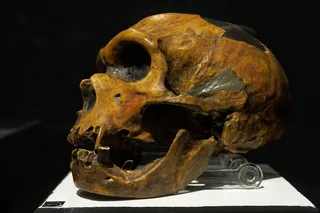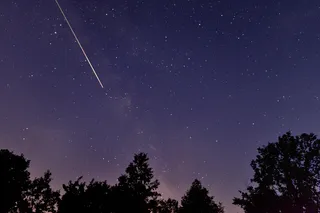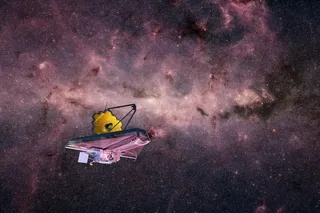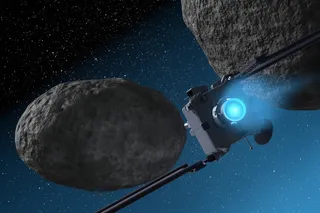Atoms are governed by the strange laws of quantum physics---they can communicate across long distances, teleport, and perform myriad other acts that sound straight out of science fiction. But although we're made up of atoms, we can't do any of that stuff. We're governed by the laws of classical, or Newtonian, physics, where there's no teleporting allowed. How many atoms have to get together for classical physics to take over? Many physicists would dearly like to know, and, in an effort to suss out just when the change-over happens, have set up numerous experiments in which they watch for signs of quantum behavior in ever-larger objects, from molecules to nanoscale slivers of metal. But a paper published this week in Science takes the cake. Researchers report that they have observed entanglement in two three-millimeter-wide diamonds.Entanglement is one of the stranger properties of quantum objects. Entangled items are intimately linked, so ...
Two Diamonds Get Quantum Entangled, Physicists Report
Discover how quantum physics reveals entanglement in diamonds, challenging our understanding of classical physics at room temperature.
More on Discover
Stay Curious
SubscribeTo The Magazine
Save up to 40% off the cover price when you subscribe to Discover magazine.
Subscribe












